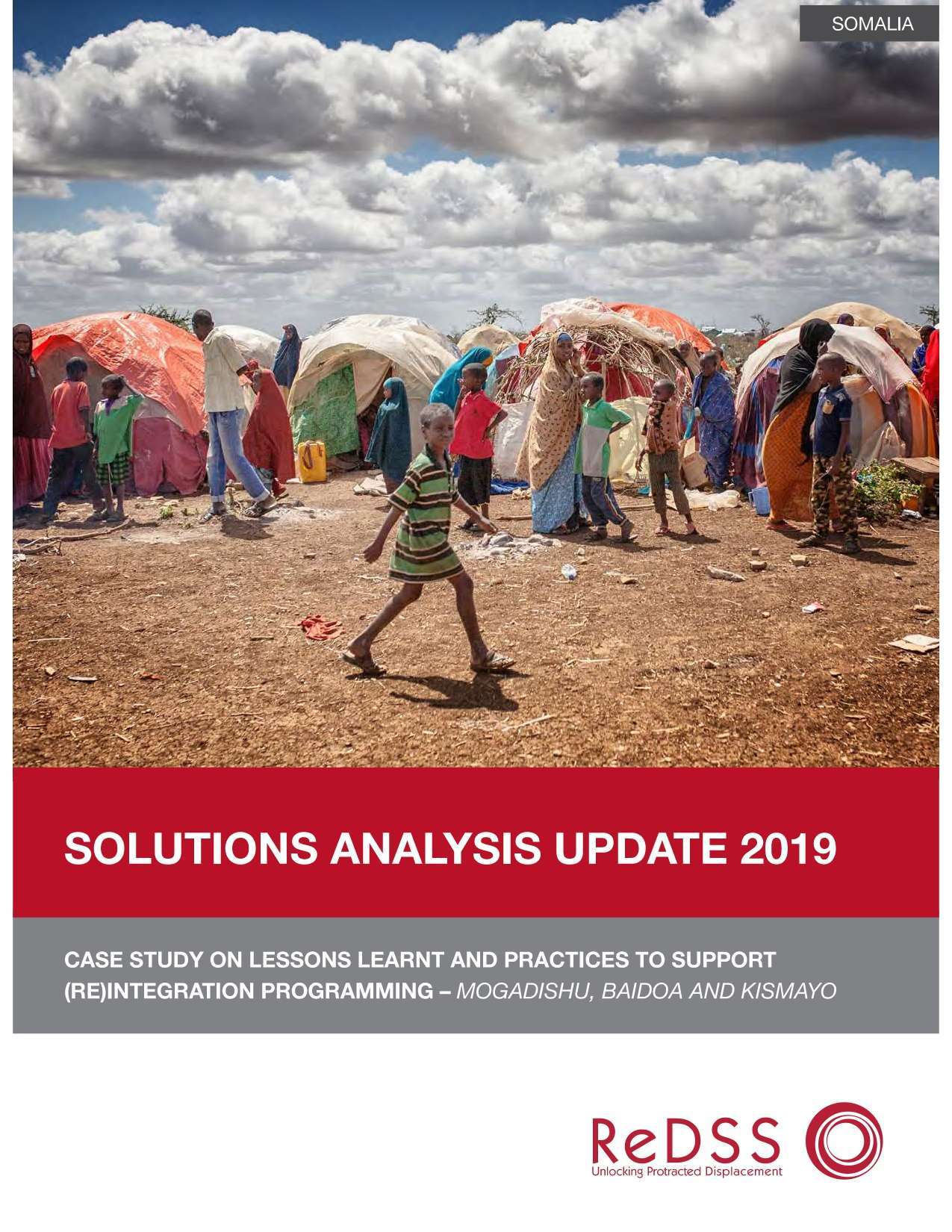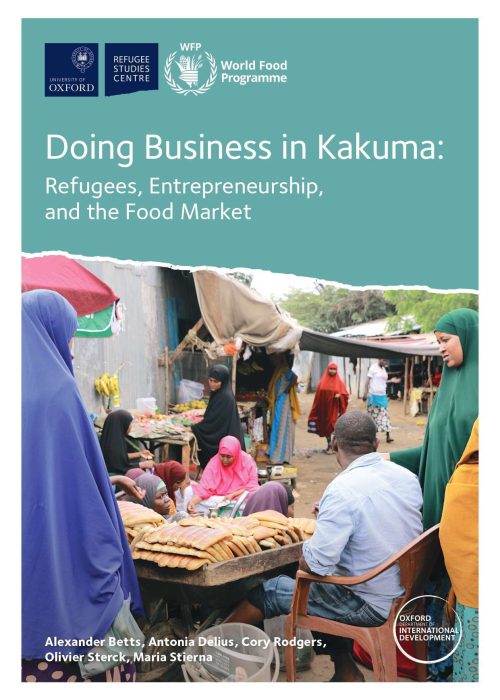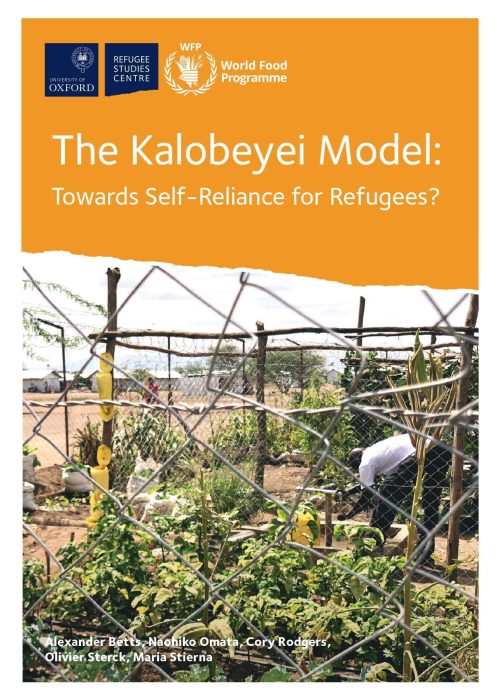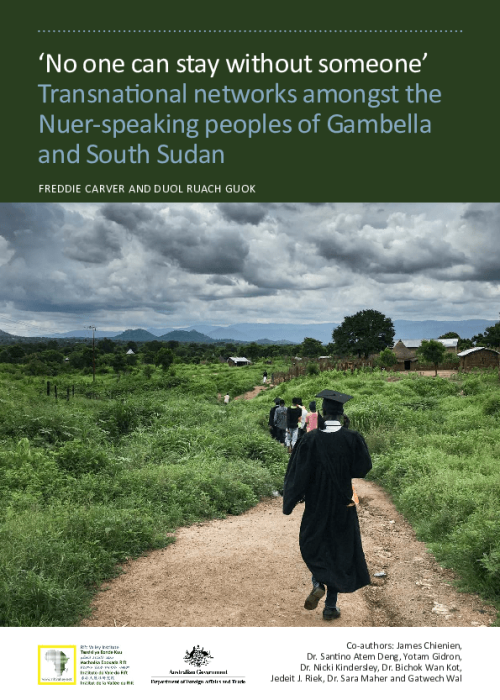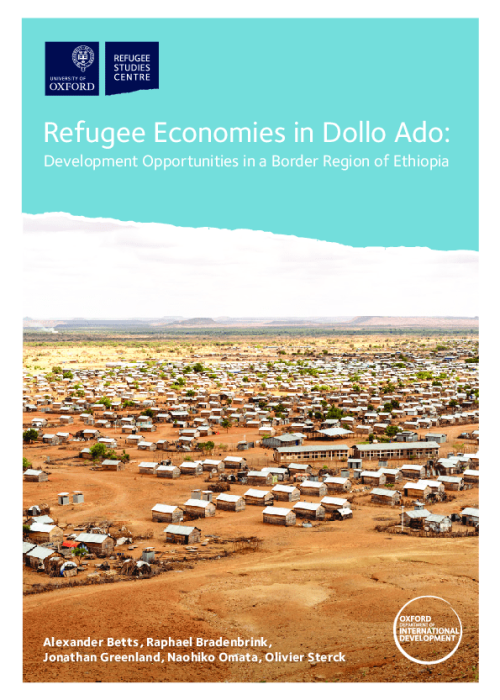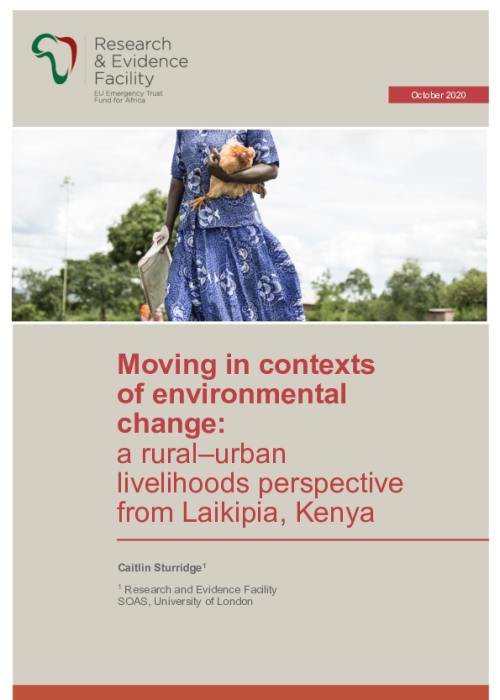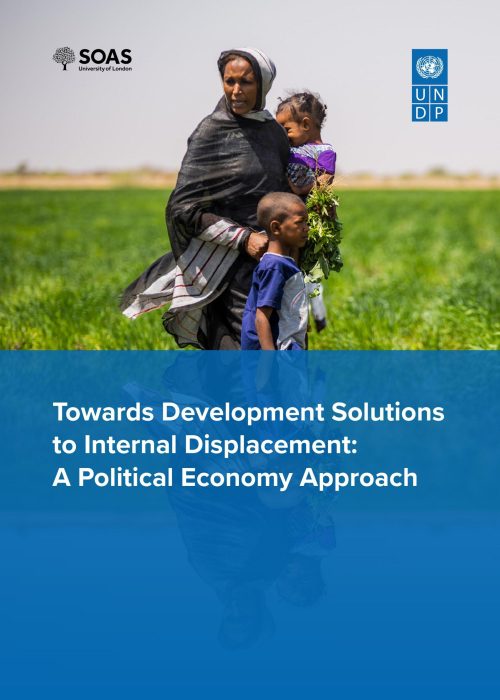This solutions analysis is a progress review and update on durable solutions programming for displacement-affected communities in Somalia, focusing on three urban centres: Mogadishu, Baidoa and Kismayo. It is a follow-up from the previous solutions analyses conducted in 2016/2017, and aims to guide collective work and enhance accountability by monitoring the changes and challenges over time.
The document finds that the durable solutions landscape in Somalia has expanded and improved since 2016, with increased political commitment, multi-year funding, and collective outcomes sought by various actors. However, it also identifies four factors that hinder the cohesion and effectiveness of durable solutions: the influence of clan dynamics and power structures, the balance between immediate and longer-term needs, the lack of information sharing and joint planning, and the need for more inclusiveness and participation of Somali stakeholders. The document assesses the progress and gaps in achieving durable solutions for displacement-affected communities, using the ReDSS Durable Solutions Framework, which covers three dimensions: physical safety, material safety and legal safety. It provides ratings and explanations for each of the 28 indicators across the three locations, based on data and consultations with various sources. It also presents case studies and best practices to illustrate the achievements and challenges in each location.
The document concludes with a set of recommendations for each of the four factors mentioned above, as well as specific priorities for planning and programming in each location. It calls for greater coordination, leadership and inclusiveness, effective data and information systems, sustainable (re)integration and area-based approaches, and joint accountability and analysis. It also highlights the critical success factors and cross-cutting issues that are necessary for achieving durable solutions in Somalia.
